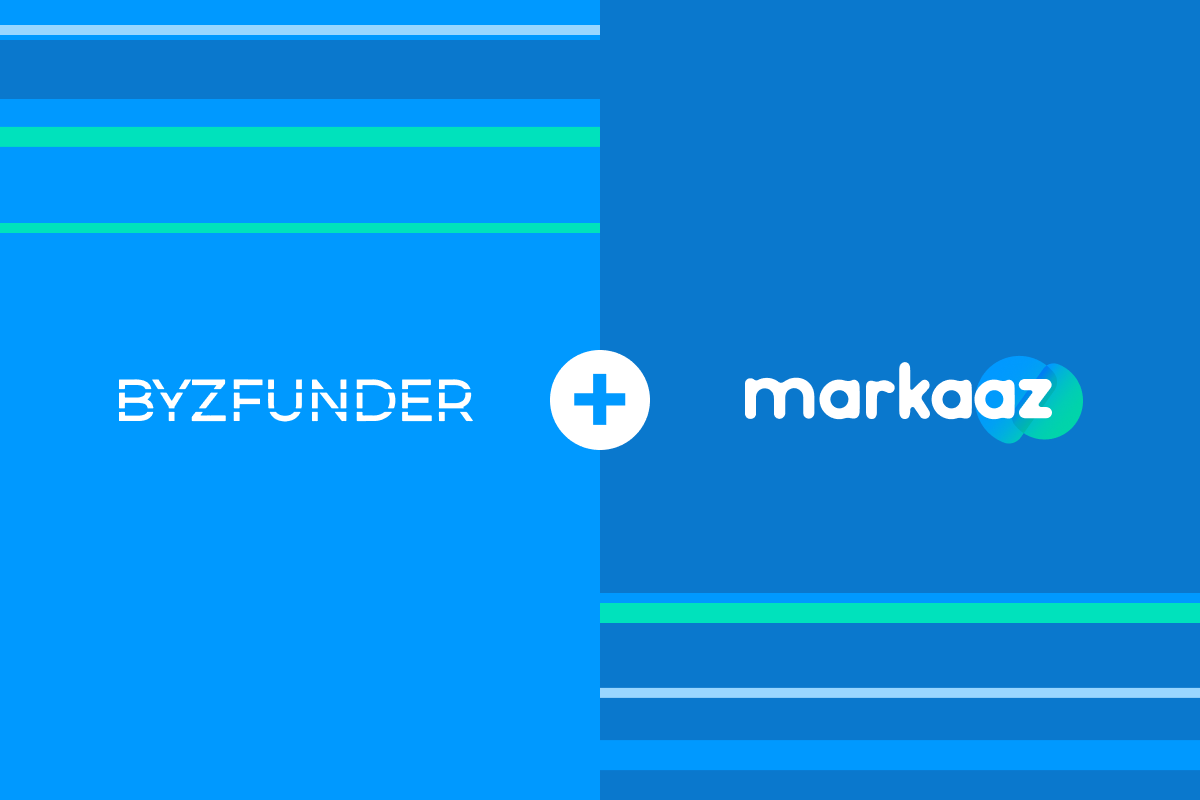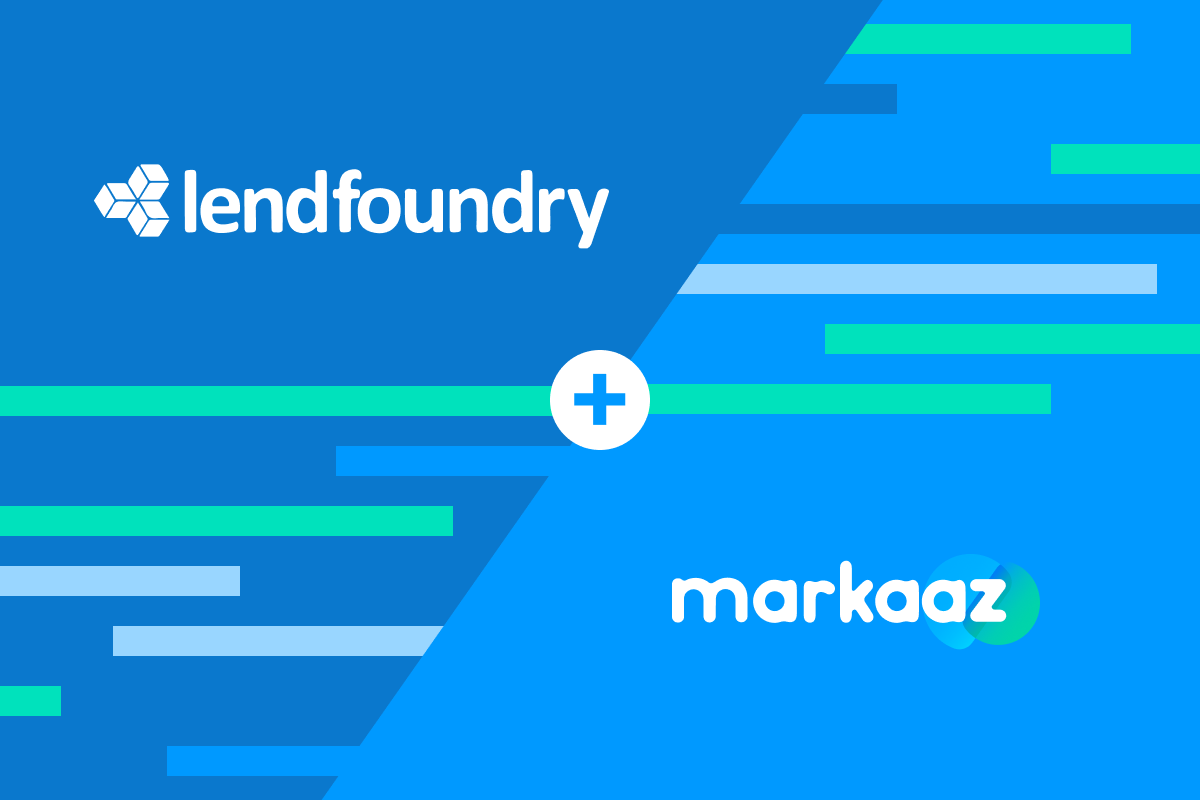With the world becoming increasingly digitized, it is clear that digital cash flow solutions such as financing and lending benefit everyone.
For small businesses, access to capital and maintaining a stable cash flow has been a challenge for decades and, according to recent research, continues to be.
Why is this decade different? The financing and lending marketplace has evolved, and so have small businesses. Access to lenders and lending options (like invoice financing and a line of credit) has improved, and the appetite to explore digital products is increasing. This can be due to quicker onboarding, loan approval, disbursements of funds, and improved customer journeys.
These benefits are not one-sided. For banks, digital financing:
- Increases efficiency
- Reduces credit risk
- Saves time and money, eliminating potentially costly mistakes by using automated processes
- Allows them to originate, approve and pay out a loan in record time
- It gives them access to crucial data collection by using lending automation software
Digital financing also provides opportunities to improve the customer experience significantly. According to McKinsey, banks once assumed that delivering better customer experiences cost more money. However, they’ve learned that providing better customer experiences leads to more revenue and a lower service cost. Essentially, an enhanced customer experience doesn’t mean a trade-off for financial performance; instead, it’s a primary driver of revenue and stickiness.
Over the past decade, digital financing solutions have leveraged technology, data, and advanced analytics to transform the financing and banking industry. Although individual solutions’ success varies widely, they have impacted payments, infrastructure, distribution, access to financial services, and components of sustainability. Access to financing is especially vital to small businesses, which have an estimated $87 billion financing gap in the US alone.
Initially, many of these solutions were viewed as threats to traditional banking providers. While many of the largest and fastest-growing fintech firms and tech platforms continue to impact the business models of banks and credit unions, there is an increasing trend to collaborate with fintech providers and tech platforms for faster deployment of digital solutions desired by consumers and small businesses.
As we move through 2021, it is clear that financing for small businesses will be transformed by digital practices that have grown in importance due to the pandemic’s effects and have been widely adopted in the market. Given the rapid digital adoption, it is essential to know some significant trends driving digital financing. Check out these three trends and learn how they affect small businesses:
Fast, easy omnichannel payments
Payments are perhaps the most significant area of innovation for the financing industry. They are becoming more secure, faster, and more embedded into every part of our lives. This is especially true as the world is increasingly more digital – consumers expect to execute a transaction using only their mobile devices.
Even though the payment transformation is different globally, the trend toward same-day or real-time payments is universal. The importance of supporting contactless payments came to a head as traditional forms of in-person retail commerce shut down due to the pandemic. This also goes for businesses looking to quickly and easily pay their suppliers. Many small businesses look to their financial services providers to create value-added omnichannel solutions to run their transactions smoothly.
Innovations in financing & payments
The speed of payments isn’t the only thing that’s been impacted – many innovations in the payments and financing industry have emerged and gained popularity almost overnight. For example, solutions like Buy Now, Pay Later (BNPL) create a unique form of real-time point-of-sale financing for consumers. This innovation made traditional banks and even competing payment providers play catch-up.
Although these solutions are typically used for short-term deferred payments, new alternatives have been created for more significant purchases with longer-term installments. As solutions like this become more readily available, this changes how many consumers and providers alike view and use financing.
Built-in financing & payment platforms
The future of financial services goes a lot further than just quick and convenient point-to-point payment options. With the advancement and expansion of data and applied analytics, banking services such as payments, deposits, and lending can now be embedded within platforms with non-financial solutions. An extension of embedded financial services is the development of comprehensive platforms that go beyond traditional financial services and focus on improving overall customer experiences. This leads to consumers and small businesses not needing to go to conventional providers to meet their financial needs and instead use one solution for all their needs.
Markaaz is a one-stop-shop platform powering small businesses – we are in the process of implementing new features that reduce the friction in payments and increase access to financing. This will be integrated into the flow with our pre-verified directory for small businesses, where you can find new business partners and suppliers and monitor them over time. We work with large and small leading companies to ensure you have all you need to succeed in one place. We are working in tandem with institutions to build a comprehensive platform for small businesses to find verified suppliers, monitor them, and improve their cash flow. This includes features that would give small businesses a better idea of what financing options are available to them, opening up a world of opportunities.
Join Markaaz today to be the first to learn about our cash flow features.




